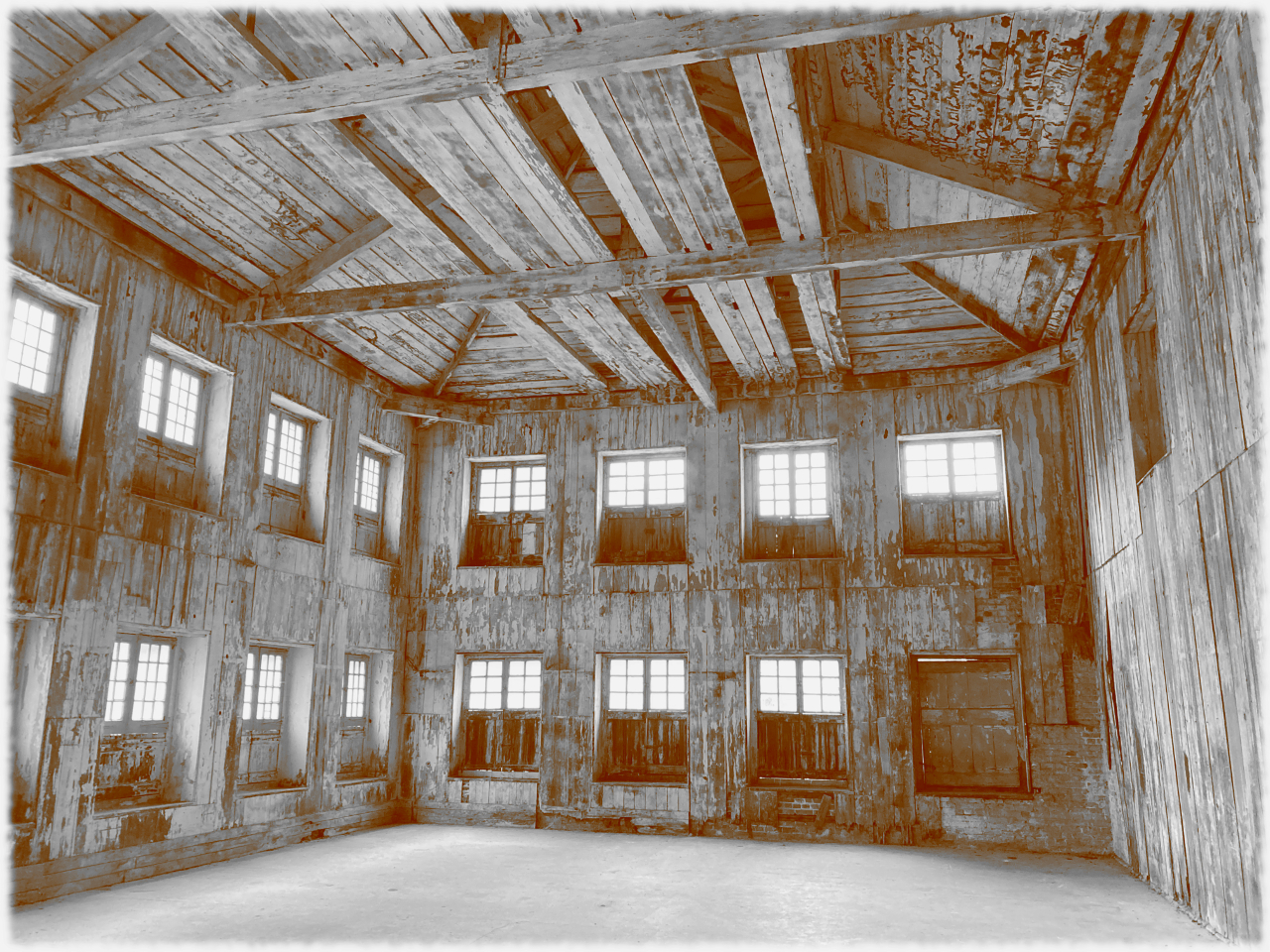You’ll find our Impulse Responses available in two main “Versions”.
- Sonic Palimpsest Impulse Response Library
Contains decoded .wav impulse files which can be imported in a wide range of different Convolution Reverb plugins.
- Sonic Palimpsest – Altiverb IR Library
A duplicate of our IR library encoded in the custom format for easy import into the Altiverb convolution reverb plugin by Audio Ease.
We captured Impulse Responses in seven different historically significant sites across the dockyard. Each site has its own folder of impulse responses:
- Ropery [built 1786]
- Tarred Yarn Store [built 1786]
- Number 3 Covered Slip [built 1838]
- Mezzanine Level
- Ground Floor
- HMS Cavalier (CA-Class Destroyer) [built 1944]
- HM Submarine Ocelot (O-Class submarine) [built 1962]
- Commissioners House [built 1703]
- Cellar
- Billiard Room
- Drawing Room
- Second Floor Landing
- Large Bedroom
- Admiral’s Dressing room
- Air Raid Shelter [built 1939]
We recorded these IRs using a variety of different microphone types and setups. Each “Site” therefore has been sampled from a range of different perspectives and microphone types.
- DPA 4061 – Stereo – Omnidirectional small capsule condenser microphones
- Neumann KM184 – Stereo – Cardioid condenser microphones
- Soundfield ST450 – 1st Order Ambisonics (B-Format; Decoded to Binaural and Stereo)
Not only will the frequency response of each microphone vary, but the perspective and location from the sound source will change subtly too. Therefore, each set will have a slightly a different spatial position in relation to the impulse source.
Different microphone types will capture subtly different features of the environment. Omnidirectional IRs may have slightly better frequency response, while Cardioid may be more responsive in terms of time (i.e. have a sharper transient response).
Ambisonic recordings have also been used to create IR files in Binaural and Stereo.
N.B. Not all sites contain full microphone setups, as we were not able to record with all microphone arrays in every location. Please see APPENDIX for details on Impulse Response capture.
